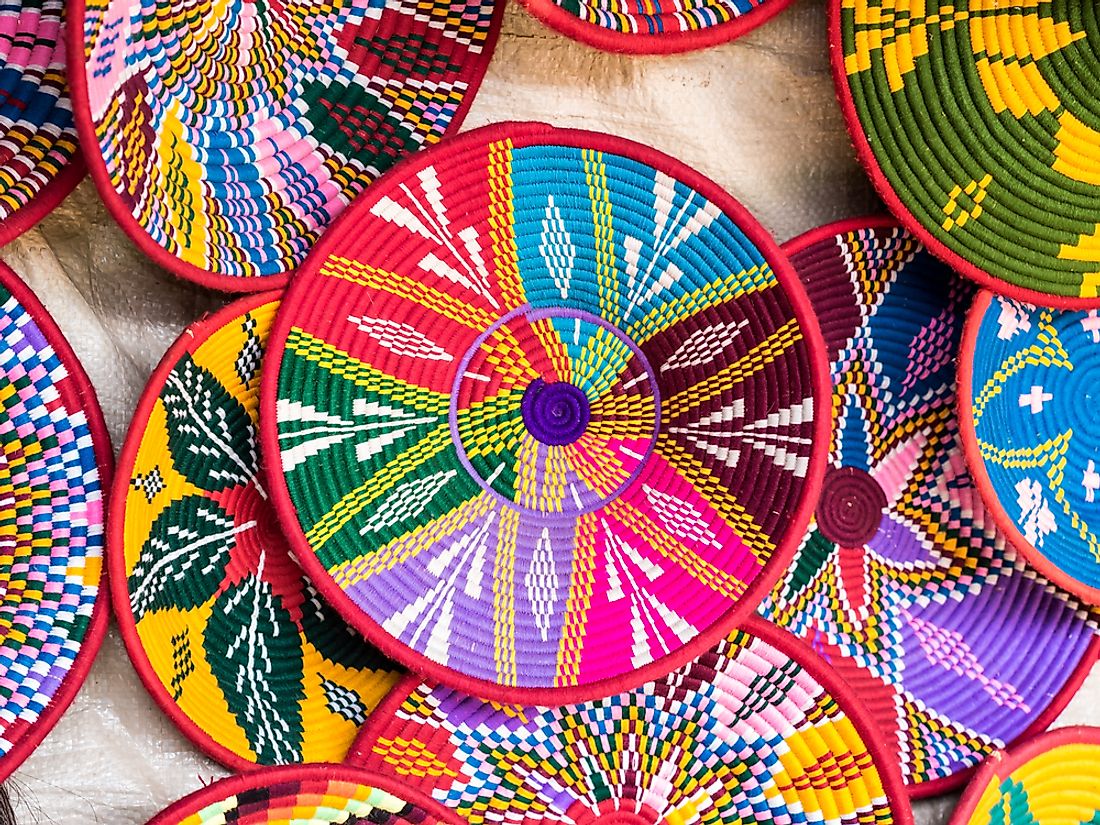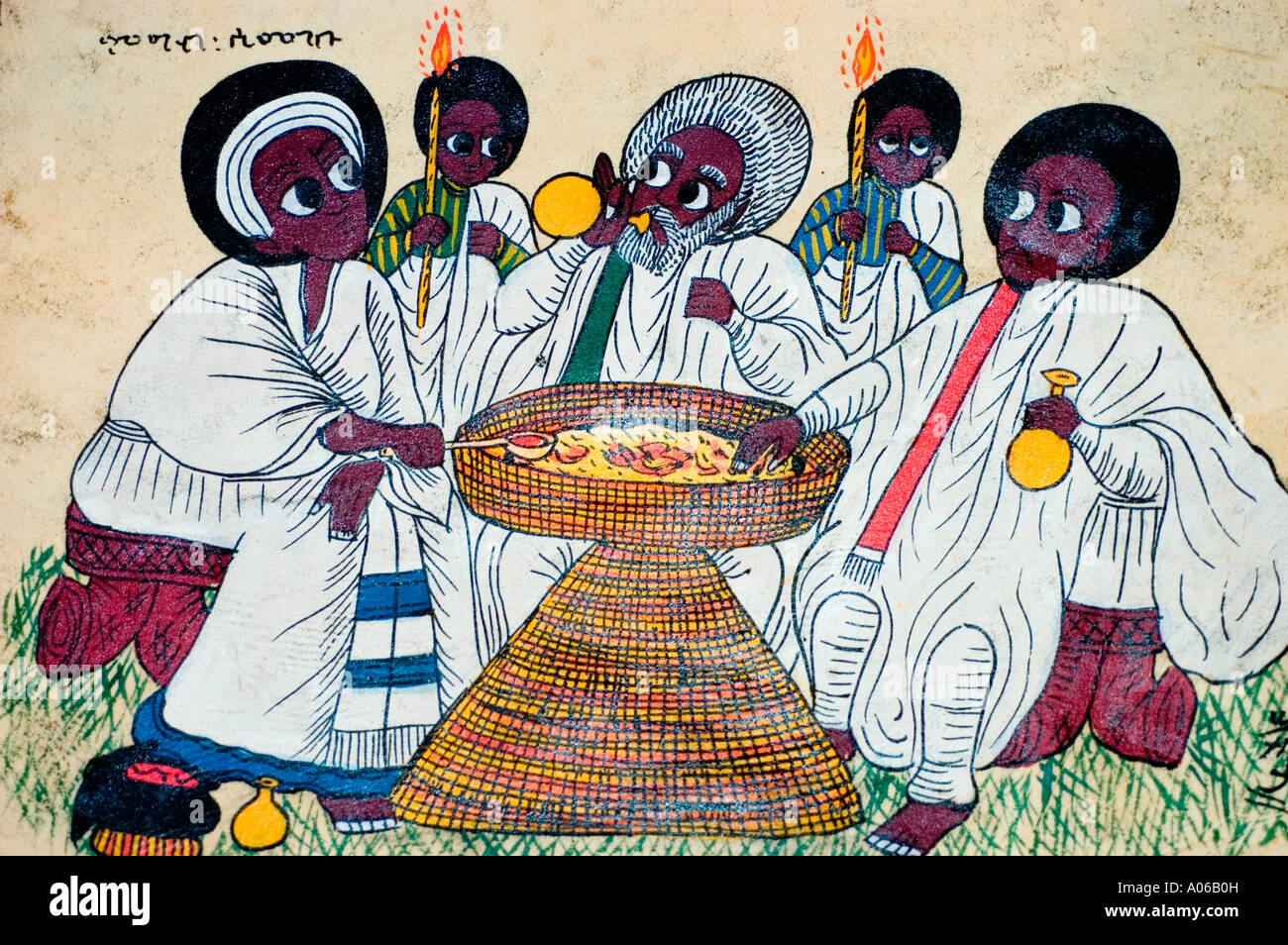Discover Ethiopia: Culture, Traditions, & Festivals
Could the vibrant threads of a nation's past truly tell a story more compelling than words? In Ethiopia, the answer resounds with a resounding "yes," as traditional clothing serves not just as attire, but as a living, breathing chronicle of culture, identity, and heritage.
The tapestry of Ethiopian tradition is woven with threads of remarkable diversity, a testament to the over 80 distinct ethnic groups that call this East African nation home. Each group, from the Amhara and Oromo in the highlands to the Somali and Afar in the lowlands, contributes its unique patterns, styles, and narratives to the rich cultural quilt that defines Ethiopia. This diversity is beautifully reflected in the clothing, which varies significantly across regions, yet still manages to unify the nation through shared elements of artistry and symbolism.
Ethiopian traditional clothing, in essence, is a mirror reflecting the soul of the country. It's a testament to the ingenuity of the people, the beauty of the landscapes, and the resilience of a culture that has thrived for centuries. It embodies the country's rich cultural tapestry. The traditional garments are more than just clothes; they are statements of pride, belonging, and an enduring connection to the past. These are not merely garments but stories of history, faith, and everyday life. The craftsmanship, from the hand-woven cotton to the intricate embroidery, speaks volumes about the skill and dedication of the artisans who create them.
- March 13 Zodiac Pisces Traits Compatibility Unveiled
- Discover 1025 The Bone More Tampa Bay Radio Buzz
The traditional costume in Ethiopia, the essence of the nation's cultural identity, is predominantly crafted from woven cotton. Ethiopian men and women often don the traditional attire known as the "gabbi" or "netella." Women frequently enhance their ensembles with dresses, called "kemis," and netellas, which are adorned with borders featuring colorful, embroidered woven crosses and other intricate designs. This clothing is not merely for special occasions but is woven into the daily lives of the people, symbolizing their heritage and pride.
The "gurage" people, an ethnic group residing in the southern part of Ethiopia, are known for their rich cultural heritage, including captivating traditional dances. The "gurage dance," known as "guragigna," is a vibrant and energetic expression of the community's joy and celebration of life, reflecting their deep cultural roots. Moreover, religious art, particularly within Ethiopian Orthodox churches, is a powerful expression of faith, found in vivid murals and iconography. These artworks narrate biblical stories and the lives of saints, blending Byzantine influences with traditional Ethiopian styles.
For visitors to Ethiopia, the vibrant tapestry of cultures and traditions is an unforgettable experience. Whether in the hustle of city life or the tranquility of the countryside, a strong sense of identity and pride is visible in all aspects of life. This unique cultural richness is also highlighted during Ethiopian festivals and events. From religious festivals to other cultural celebrations, Ethiopia is a treasure trove of experiences. Each event offers a glimpse into the country's diverse cultural heritage and showcases the deep-rooted traditions that define the Ethiopian people.
- Richard Geres Wife All About Alejandra Silva Their Life
- Bozeman Obituaries Find Recent Deaths Funeral Info
The clothing worn across Ethiopia also reflects the environmental conditions of each region. In the highlands, where temperatures are cooler, heavier clothing like wraparound blankets are common. Conversely, in the lowlands, residents adapt to the heat with lighter cotton outfits. While the garments differ based on ethnicity and region, they also share some common characteristics, symbolizing the unity of the Ethiopian people. The clothing thus becomes a reflection of both the environment and the cultural heritage, making it an essential part of daily life and celebrations.
Ethiopia, a landlocked nation situated in the Horn of Africa, shares borders with Djibouti, Eritrea, Kenya, Somalia, South Sudan, and Sudan. It stands out as one of the most heavily populated countries in Africa, with a population of approximately 108,386,391 inhabitants. This diversity extends to its ethnic groups, which include the Oromo (34.4%), Amhara (27%), Somali (6.2%), and Tigray (6.1%), along with numerous others. This mosaic of ethnic groups contributes to the vibrant cultural landscape of Ethiopia, each preserving unique traditions, languages, and customs.
The Ethiopian traditional costume is made of woven cotton. The intricate process of creating these garments starts with the raw material and involves skilled artisans, reflecting deep attention to detail. Before reaching retail shops, the traditional clothes pass through many hands and steps. These cultural clothes and fabrics are produced by hand weaving. The steps involved in making Ethiopian traditional clothing represent a rich legacy of craftsmanship and cultural expression, demonstrating the importance of cultural heritage.
Ethiopia's artistic traditions, as diverse as its cultural landscape, include various forms of expression, from religious art in the form of murals and iconography to the intricate designs of artisanal baskets. The culture of Ethiopia is generally structured along ethnolinguistic lines, with individual practices differing across regions, religions, and ethnicities. This diversity is evident in the distinct styles and patterns found in traditional clothing.
| Aspect | Details |
|---|---|
| Origin of Name | The country was initially called the Kingdom of Aksum during its ancient times. Later, in the 13th century C.E., it was known as the Kingdom of Abyssinia. Both names, Abyssinia and Ethiopia, were used interchangeably for centuries before finally resting on "Ethiopia" towards the end of the 20th century. |
| Population | Approximately 108,386,391 inhabitants. |
| Ethnic Diversity | Home to a great diversity of ethnic groups, including Oromo (34.4%), Amhara (27%), Somali (6.2%), Tigray (6.1%), and many others. |
| Cultural Significance of Clothing | Traditional Ethiopian clothing is a key part of the country's rich cultural heritage, with each region having its unique style and patterns. The clothes are often made from cotton and have bright colors and embroidery, worn for special events and everyday life to show pride. |
| Geographic Location | A landlocked country located in the Horn of Africa, bordering Djibouti, Eritrea, Kenya, Somalia, South Sudan, and Sudan. |
| Cultural Events | Ethiopian Christmas is a beautiful day of the year, and numerous other festivals and events are celebrated. |
| Artistic Traditions | Artistic traditions are as varied as the cultural landscape, including religious art found in Ethiopian Orthodox churches, depicting biblical stories and saints, blending Byzantine influences with traditional Ethiopian styles, and traditional artisanal baskets. |
| Important Dance Form | The Gurage dance, known as "Guragigna," is a vibrant and energetic expression reflecting the community's joyous spirit and celebration of life. |
Reference: For more in-depth information about Ethiopia's culture and traditions, you may consult reputable sources such as the Ethiopian Tourism Organization (https://www.tourismethiopia.com/) for official data and insights.
From the bustling markets to the tranquil countryside, the colors and individuality of Ethiopian cultures and traditions are undeniably impressive. There's a strong sense of identity and pride visible in all aspects of life. This is especially visible in the traditional clothing.
In the Bole district, tucked away in a dark alley, Yod Abyssinia is a renowned joint that serves a variety of local cuisine alongside an Ethiopian dance show, which begins at 7:30 PM every night. This is just one example of how culture is integrated into everyday life.
The diversity extends to the choices of attire, as some groups choose to wear minimal clothing. For example, the Hamer people traditionally wear goat skins, while the Afar people's cultural dress is a waistcloth. The clothing varies but the rich diversity always represents the identity of the diverse cultural groups within Ethiopia.
The preparation of traditional Ethiopian clothes is meticulous, with significant emphasis on detail. These traditional cultural clothes and fabrics are created through hand weaving, passing through numerous hands and steps before reaching retail shops. This process reflects skilled artisanship and a strong connection to the past.
Ethiopia is a melting pot of ethnicities, languages, and religions, with over 80 distinct ethnic groups residing in the country. This diverse cultural landscape is evident in the unique customs, traditions, and languages that each group contributes. This contributes to Ethiopia's rich cultural heritage. These elements are interwoven to create a rich and distinctive national identity, a testament to the enduring spirit of the Ethiopian people.
Ethiopia's cultural richness and heritage are not only represented by its various ethnic groups but also through significant events that commemorate the country's heritage. From religious festivals to cultural events, each celebration provides a glimpse into the past and showcases the unique traditions that define Ethiopia and its people.
- Gracie Mae Thompson Missing Girl Scam Uncovering The Truth What You Need To Know
- Oj Simpsons Family Arnelle Sydney Justin Simpson Untold Stories

The Culture Of Ethiopia WorldAtlas

Experience Ethiopian Culture Find Habesha Kemis Online! Klänningar

Traditional Ethiopian dance painting Ethiopia Stock Photo Alamy